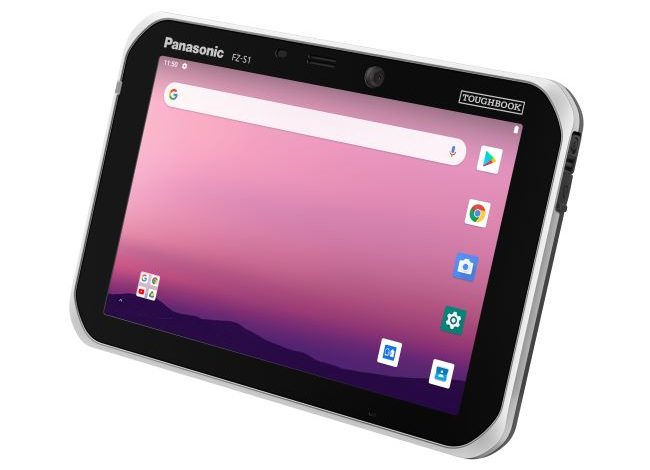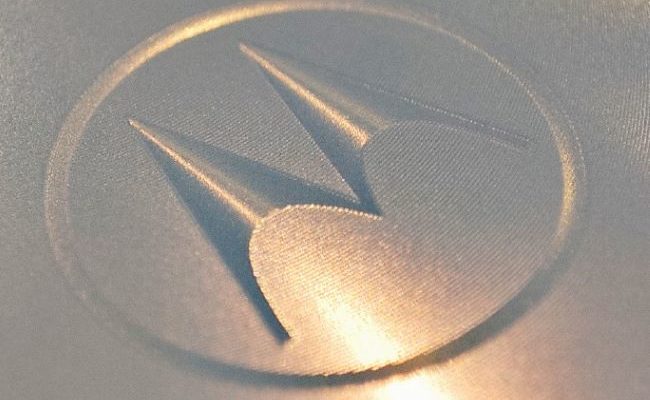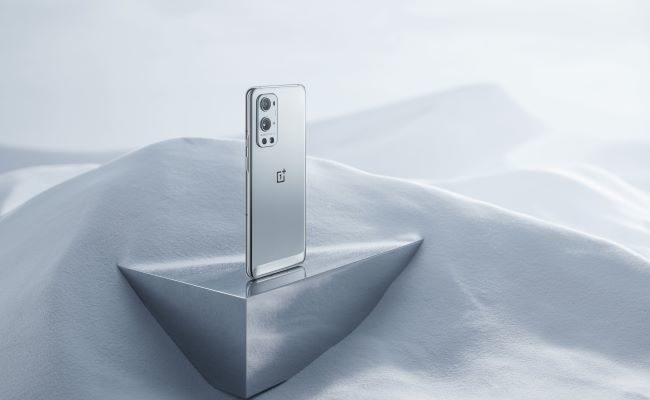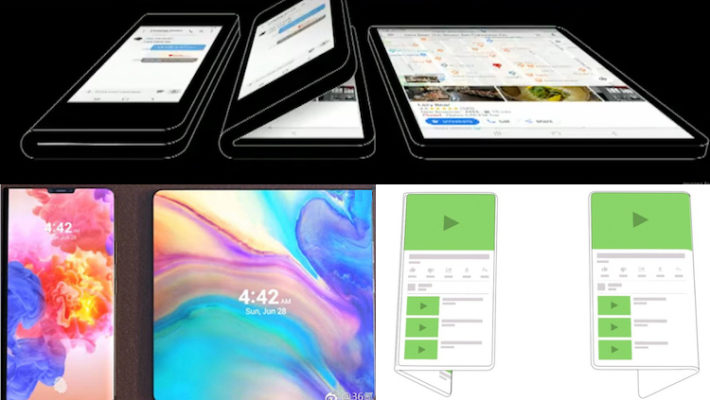Panasonic is one of the many brands at a turning point of what is being considered the conclusion of the global pandemic.
Like many companies, it is culminating this time with the launch of a new product, the Toughbook SI, an enterprise tier tablet meant to serve customers from gas and utilities, to manufacturing and transportation, to first responders and emergency services, among many industries. The tablet is now available, selling for $2,499.
The Toughbook SI follows the brand’s Toughbook L1 as its latest 7-inch tablet option; adding display and battery upgrades among its customer demanded specs.
“The difference between the two is this new 7-inch is made for applications that take heavy computing power,” Panasonic Product Manager, Joseph Valenti told TechViewPRO.
“Companies that use mapping, GPS coordinates, WAM communication, use cases that require more power than a device you would use as a price checker or an inventory control tool in the retail market,” he added.
In addition to a 7-inch display, main specs on the Toughbook SI include a Qualcomm Snapdragon 660 chip, 4GB of RAM and 64GB of internal storage, NFC, LTE, and GPS, a 13-megapixel rear camera, and a 5,580mAh battery, outfitted with a USB-C port.
Other features include its MIL-STD-810H certification, 5-inch drop onto concrete ability, and IP65/67 dust and water resistance. The Toughbook SI also has a more modern design with no rubber bumpers and is built to withstand extreme temperatures of heat and cold, from -4 degrees to 122 degrees Fahrenheit.
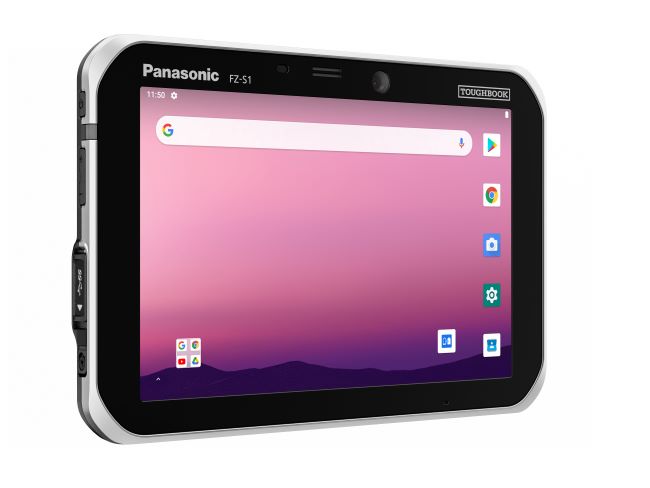
Customers can utilize Toughbook SI features such as its extended 14 hour battery, which comes by default. It’s more traditional battery time is about 9 hours. The tablet also has a warm swap battery feature, which allows it to keep running as users switch batteries.
Some interesting optional features include a USB-A host, display HDMI, and a fully integrated barcode scanner, which is available in landscape or portrait configurations.
Still, a prime feature on the Toughbook SI is its software. The tablet is Android Enterprise certified, running Android 10. Because Panasonic’s enterprise customers spend one to two years distributing thousands of tools across their companies and plan to use the hardware for seven to eight years, the software upgrade cycles are much slower than what is seen in the consumer space, Valenti said.
“What our end users tell us is they don’t always want to change. They just want the latest security features,” he added.
Similar to many companies, Panasonic was affected by supply chain slowdown due to the pandemic, but said it was able to maintain its business with supplies on hand.
“We continued to have enough inventory on hand and have our operations continue because the fire, the rescue, the EMS, the public safety, those customers have to keep moving through COVID no matter what,” Valenti said.
However, the Japanese manufacturer has found a very interesting demand for its products as enterprises shift out of direct effects of the pandemic.
“[Companies are] telling us they want one unit for every person because they don’t want to share multiple units and touch other people’s hands now,” Valenti said.
“We were very fortunate to be able to do very well through COVID and maintain our customer base,” he added.

